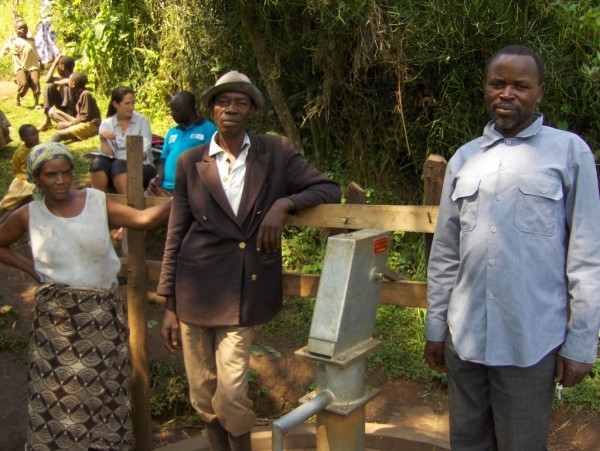Over the past twelve months WaterAid, Itad and IRC have been conducting desk research and analysis to better understand why some ICT initiatives improving water supply in rural areas succeed where others don’t.
In the third blog of this series, the team discuss how they analysed the data from the various semi-structured interviews and project documentation from the eight initiatives.
The data that we collected from our interviews was analysed using a method called Qualitative Comparative Analysis (QCA). This method isn’t easy to explain and so the clearest way to do this is probably by taking you through the key steps we took in order to carry it out:
Agreeing on the definition of success
When conducting the interviews with individuals involved in the delivery of the eight different ICT initiatives, the research team first had to decide on what constituted success of an initiative in using ICT based reporting to improve water supply sustainability.
The following three success outcomes were identified:
- Successful reporting takes place using the ICT: Users or their representatives, including government staff, directly or indirectly, use ICTs in the way specified by the initiative to report water supply functionality to the local government authority or relevant stakeholder.
- Successful processing of that report takes place: Local government authority (national sector government, if relevant) or service provider process ICT reports so that they can be acted on.
- Successful service improvement: Water points are repaired based on ICT reports and processing.
Developing a theory of change/identifying factors we thought would influence success or failure
After defining the outcomes that constituted success, the team identified a number of factors (conditions) that we expected would be the most influential and most necessary in achieving successful reporting, processing and service improvement. These factors were identified through literature review, the team’s experience and initial chats with those that designed and implemented the initiatives.
The interviews that we conducted with individuals from each of the eight initiatives focused on these conditions. For example, for successful reporting to take place using a mobile phone, we expected that there would need to be adequate network reception, availability of places to charge phones, for making the report to be affordable, and for the people making the reports to be familiar with using the phone and the method of communication (for example, SMS). These were the areas that we then asked interviewees about.
About the author
Jen Williams is an international development consultantRelated content
-
BLOG | August 6, 2015
Testing the waters: How ICT reporting improves rural water supplies -
BLOG | August 18, 2015
How do ICTs improve access to water services? -
BLOG | October 12, 2015
Responsibility leads to responsiveness: Lessons on using ICTs to improve… -
PROJECT | August 13, 2015
Lessons from ICT projects to improve rural water supplies -
PUBLICATION | April 28, 2016
How can ICT initiatives improve rural water supply? -
PUBLICATION | July 16, 2015
Testing the waters: a qualitative comparative analysis of the factors… -
PUBLICATION | January 31, 2016
ICTs help citizens voice concerns over water – or do…
